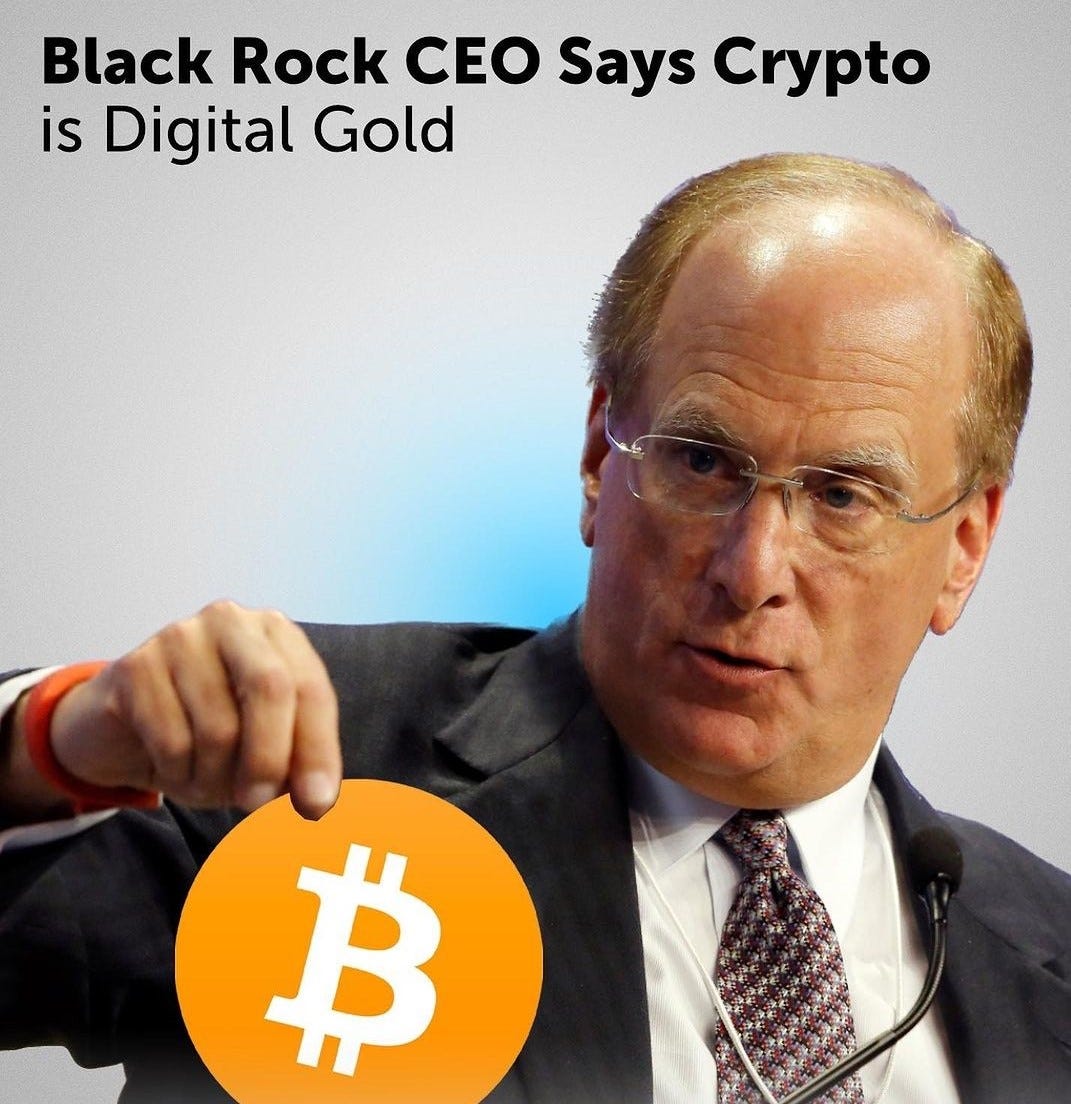Part III: Regulator - Friend or Foe?
SEC legal action against Binance and Coinbase is another signal for traditional financial institutions
Part III is the final in this series of articles on the SEC legal action against Binance and Coinbase. In Part I and Part II, the discussion centered on the regulatory crackdown on cryptocurrency exchanges and the opportunity it represents for financial institutions (FIs). Community banks face escalating threats that, when compounded, can become existential in nature. Embracing the digital asset opportunity can mitigate these threats by strengthening a bank’s core business and better positioning itself to serve it’s customers in the digital economy.
It’s been said that "in the midst of chaos, there is also opportunity", and its recital is strikingly pertinent considering the circumstances.
Introduction
The digital asset market needs trustworthy and convenient options to keep customer funds safe; banks and credit unions are best positioned to satisfy this need due to their high standard of regulatory oversight and compliance.
Certainly, the newest cryptocurrency innovations and topics such as Stablecoins, Decentralized Finance (DeFi), and Central Bank Digital Currencies (CBDCs) require new regulations. Despite all the distractions, there are straightforward approaches that effectively adhere to established laws and regulations.
Seeking Clarity
In late June 2022, the Independent Community Bankers of America (ICBA) provided feedback1 to the Commerce Department on the department’s Notice and Request for Comment on Developing a Framework on Competitiveness of Digital Asset Technologies2. The response covers a lot of ground.
The text parrots old news articles from the early days of cryptocurrency, contending that the digital asset space is rife with illicit transactions. The paper also cautions that banks are losing a growing number of deposits to cryptocurrency exchanges. The ICBA also encourages prudential regulators to level the playing field for community banks with regard to digital asset-based banking use cases. One such use case, the issuance of a CBDC, is strongly opposed. And for good reason.
The letter surmises that the creation of “A CBDC could threaten the health of the U.S. financial system by destabilizing existing banking and payments systems…” Adding, “during times of financial stress, depositors would ‘run on the bank’ and transfer their balances…” to the Federal Reserve.
Objectively, regulators are carefully assessing new technologies and industries, like cryptocurrencies and decentralized finance, taking their time to understand the space. They seek collaboration with industry leaders to co-author, pilot, and implement frameworks, leveraging their expertise. This cautious approach presents an opportunity to establish balanced regulations that promote innovation, protect consumers, and ensure financial system stability.
[CNBC Television]. (2023, June 21). Fed Chair Powell testifies before House Financial Services Committee [Video]. YouTube. 50 seconds. Click here to watch the full video.
Bankers are looking for a coalescence of guidance from prudential regulators as it appears this asset class is here to stay. Yet the signs are clear as to what is actually required.
The Perspectives of Financial Giants
Investment firms, namely, Blackrock, WisdomTree, and Invesco all filed for bitcoin spot ETFs in the last few weeks. A bitcoin exchange called EDX was jointly launched by Fidelity, Charles Schwab and Citadel. Lastly, Deutsche Bank announced it is seeking a bitcoin custody license in Germany.
Community banks should take note. Investment companies have the same regulatory clarity issue as commercial banks. However, multiple investment firms are moving forward within their business constructs and working with regulators.
To date, the banking industry has largely stood on the sidelines, observing from afar with little impetus to seriously explore how to fill market gaps and better serve their customers by providing digital asset products and services.
The main lesson to learn from the investment bank approach is that there are profitable digital asset business models that fit within the existing regulations for SEC-regulated investment banks. Commercial banks need to be looking at this asset in the same way.
The entrance of major asset allocators sends a strong signal to all. It’s high time for bank leaders to pay attention to bitcoin.
A Path Forward
Community banks can leverage their community-focused approach and trusted history to differentiate themselves in the digital asset space while safeguarding their depositors. By helping customers safely navigate the world of digital assets, banks establish themselves as reliable protectors of their depositors' interests3.
Community banks have an incredible opportunity to provide safe and trusted solutions for customers.
By entering this space carefully and thoughtfully, local banks will be able to establish proficiency at an early stage, cater to evolving customer needs, attract new customers and core deposits, and diversify their revenue streams.






